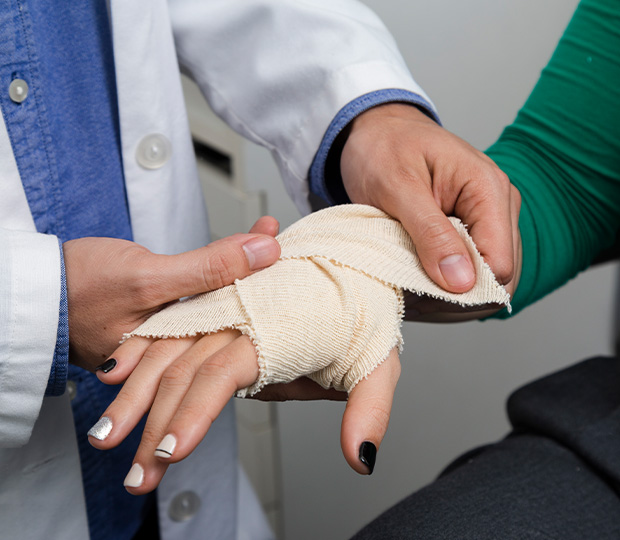Sports and Recreation Concussion Issues
Contact Sports and Concussions
What is the Risk?
Sports and recreational activities are the second leading cause of concussions among those ages 15 to 24 (after car crashes). Athletes who play football, hockey and soccer experience higher risks of concussion because of potential collisions with other players and the playing surface. Studies show football and hockey are the leading cause of concussions in high school boys, and soccer is the leading cause of concussions in high school girls. Bicycling presents the highest risk of brain injury for recreational activities. The age of the participant is also important to consider since children and young adults have a developing brain. Their developing brains react and heal differently than the mature brains of adults. Furthermore, children who play sports may not have the technique of older participants and may therefore be more likely to be injured.
Can the Risk Be Reduced?
Using proper technique and equipment, especially helmets, when participating in sports and recreational activities reduces the risk for severe head and focal brain injuries. However, while helmets reduce the risk for severe head and brain injuries, there are no generally accepted scientific studies that show helmets and head gear prevent or reduce the incidence of concussions.
The American Academy of Neurology recommends the following actions after sports-related concussion:
- Any athlete who is suspected of suffering a concussion, regardless of severity, must be immediately removed from the game.
- A licensed health care professional, such as a neurologist, must clear the youth athlete before he or she can return to play.
- A complete physical and mental rest is necessary after suffering a concussion. Please note that complete mental rest means no reading, television, video games, texting, etc. Remember, the brain weighs approximately three pounds yet uses 20 percent of the body’s energy. Complete rest maximizes the potential for a quicker and fuller recovery.
Consult a NYC Sports Injury Attorney Today
For informed advice from a lawyer after a sports-related head injury contact the Sheindlin Law Firm, in Manhattan by calling 212-625-8030 or sending an email.
Request Your
Free Consultation
Fields marked with an * are required
"*" indicates required fields



